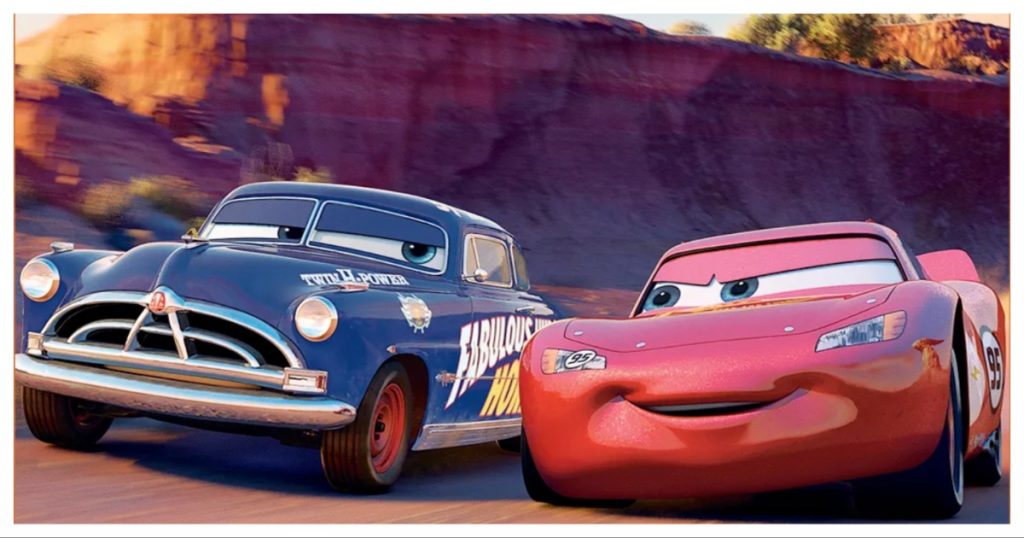Thus far, Tesla had been saying that its cars will be able to drive their owners around autonomously. It now says that the cars will be able to drive others around autonomously as well — and make their owners some money in the process.
Tesla has said that its cars can be deployed as Robotaxis when not in use, which will help their owners earn some extra income. “With the Robotaxi network, your Tesla will be able to earn money while you’re not using it, essentially paying for itself. It will go to work, just like you,” Tesla posted on X.

The concept of a “Robotaxi” network has been a cornerstone of CEO Elon Musk’s pronouncements for years. The idea is simple: Tesla owners could, in the future, allow their cars to join an autonomous ride-hailing fleet when they would otherwise be parked and unused. This would not only offer a convenient transportation service but also provide a revenue stream for the vehicle’s owner, potentially offsetting the cost of ownership or even turning a profit.
However, the path to this autonomous, ride-sharing utopia is paved with technological hurdles, regulatory approvals, and intense market competition. Some investors have recently expressed skepticism about the near-term profitability of Tesla’s robotaxi ambitions, citing the significant challenge of building a robust rider network and the formidable competition from established ride-hailing giants like Uber and Lyft, who are also exploring driverless options. Despite such concerns, Tesla is pushing forward, with plans to launch its robotaxi service in Austin, Texas, and preparations underway for deployment at Los Angeles International Airport, pending further approvals.
Tesla faces a crowded field of competitors in the race for autonomous vehicle deployment. Alphabet’s Waymo is a leader, operating its Level 4 “Waymo One” robotaxi service in cities like Phoenix, Los Angeles and San Francisco, having logged tens of millions of real-world autonomous miles. General Motors’ Cruise, despite achieving over 10 million driverless miles in urban settings like San Francisco, has encountered significant regulatory setbacks. Chinese tech giant Baidu is a dominant force in China with its Apollo open platform and “Apollo Go” robotaxi service, now eyeing international expansion to Europe, Dubai and Turkey. Beyond these, a host of traditional automakers such as Ford, Mercedes-Benz, and BMW, alongside startups like Aurora and Amazon’s Zoox, are also making significant investments and progress, with ride-hailing companies like Uber partnering to integrate autonomous vehicles into their networks.
But Tesla’s promise of cars that can drive themselves and earn money for their owners is undeniably compelling, and continues to push the boundaries of what’s possible. However, the journey to widespread, safe, and profitable autonomous ride-hailing is complex. As Tesla builds on its Robotaxi network plans, it will have navigate a landscape filled with formidable competitors, evolving regulations, and the critical need to build public trust in a driverless future.
